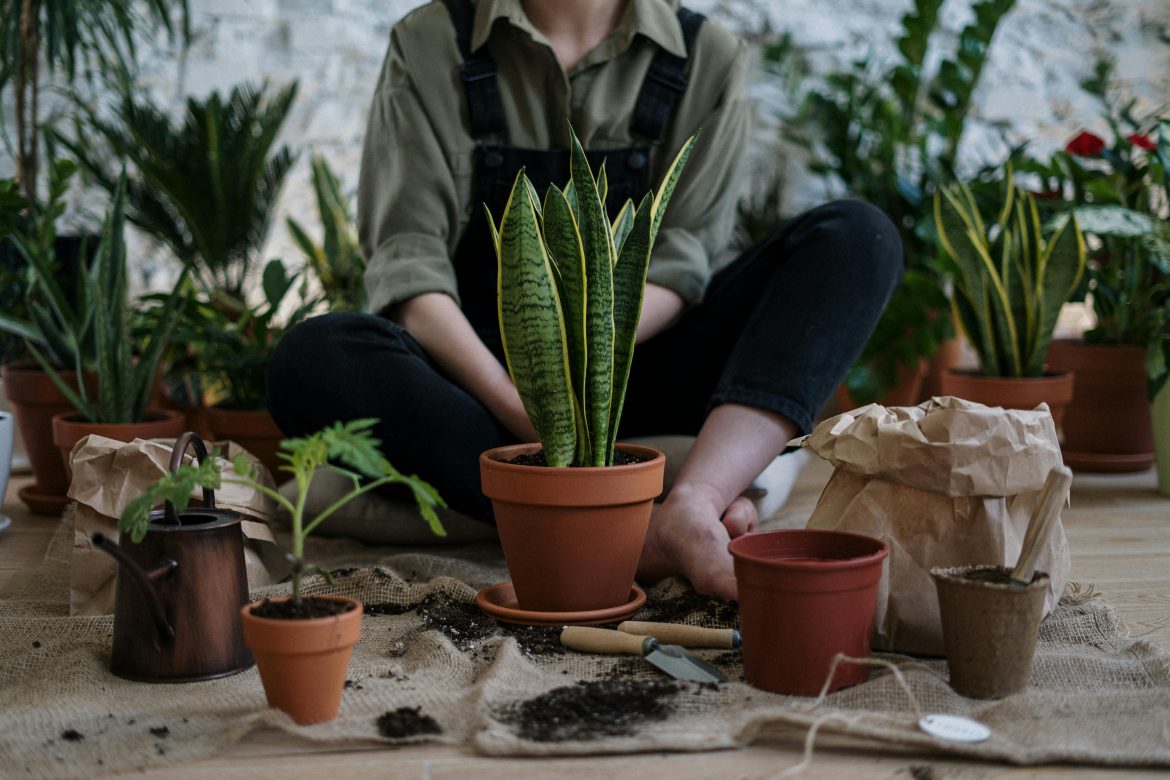If you’ve ever hesitated to bring home a leafy green friend because “you don’t have green fingers”, chances are you’ve come across at least one piece of dodgy advice about houseplants. From when to water them to how much sunlight they really need, there’s no shortage of myths floating around the internet (or passed down from a well-meaning relative). And while some of these claims might be harmless, others could be doing more harm than good.
Here’s a closer look at some of the most common houseplant myths and why it’s time to let them go.
ALSO SEE: Unique houseplants to add to your collection
Myth: You must water your plants on a strict schedule
It’s tempting to think plants thrive on routine just like we do, but the truth is, most houseplants aren’t looking for a weekly watering calendar. In fact, rigid watering schedules often do more harm than good. Overwatering is one of the leading causes of plant problems, especially in cooler or less sunny seasons when your plant’s growth slows down.
What matters more is how dry the soil is—not the day of the week. Stick your finger into the soil about an inch deep. If it feels dry, it’s probably time for a top-up. If it’s still damp, hold off for another day or two. Trust your plant, not the calendar.
Myth: More sunlight means happier plants
Sunlight is essential, sure, but more isn’t always better. Some plants—especially those native to forest floors like ferns or peace lilies—actually thrive in lower light and can get scorched in direct sun. Positioning your plant in the brightest window you have isn’t always the kindest move, especially during the harsh midday hours.
It’s also worth noting that “bright, indirect light” doesn’t mean “dim corner”. It usually refers to a well-lit room where the sun doesn’t hit the leaves directly. Learning what kind of light your plant prefers (and adjusting accordingly) makes all the difference.
Myth: Mist your plants to keep them humid
Misting your plants has become something of a ritual on social media—but for many species, it’s more of a feel-good habit for the human than a necessary step for the plant. While misting can temporarily raise humidity, it evaporates quickly and doesn’t really replicate the damp, tropical conditions some plants need.
Worse still, misting the wrong plants (like succulents or hairy-leafed varieties) can invite fungal issues. If humidity is really a concern, a humidifier or grouping plants together is far more effective than a quick spritz.
Myth: A bigger pot means faster growth
It might seem logical to give your plant lots of space to grow into, but upsizing too quickly can backfire. When there’s too much soil around a plant’s roots, it often stays wet for longer, which increases the risk of root rot. Most houseplants prefer being a little snug in their pots.
When you do repot, go one size up—not three. It gives your plant room to stretch without overwhelming it with a soggy new home.
Myth: All houseplants purify the air
This is one of those myths that just won’t die, even though the original NASA study it came from has long been misunderstood. Yes, some plants can remove toxins from the air in lab conditions—but to have a real purifying effect in your home, you’d need hundreds of them in a single room.
That’s not to say plants don’t improve your indoor environment. They add life, beauty, and even a sense of calm. But if you’re relying on a lone spider plant to filter your air, you’re giving it a little too much credit.
The truth about happy houseplants
Plants aren’t as fussy as people think—they just need the right conditions and a bit of patience. Ignore the myths, pay attention to what your individual plants are telling you, and you’ll be rewarded with a thriving little indoor jungle.
Most importantly, don’t be afraid to experiment. What works for one plant in one room might not work for another, and that’s okay. Plant care is more about learning and adjusting than following strict rules.
ALSO SEE:
Featured Image: Pexels

